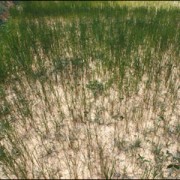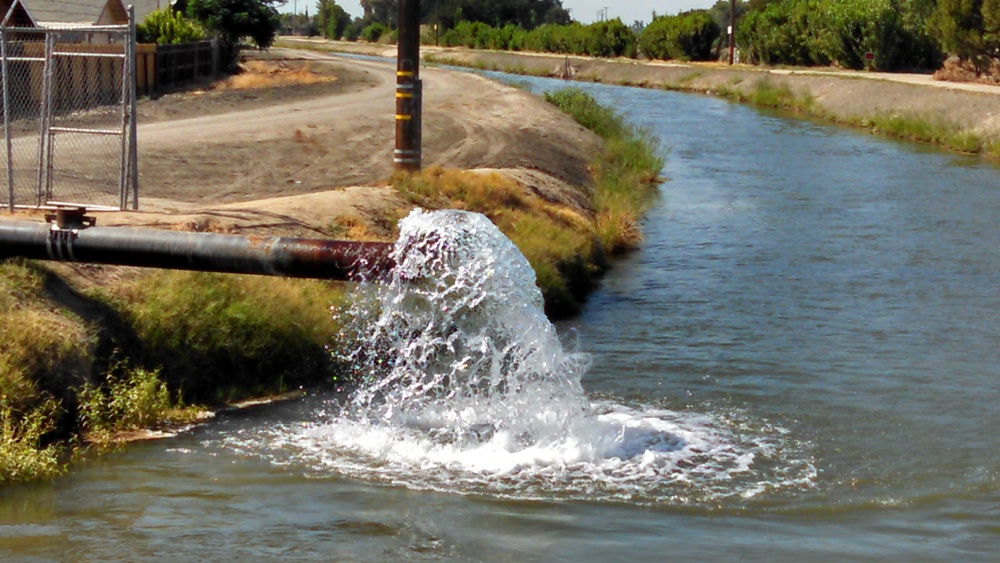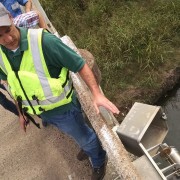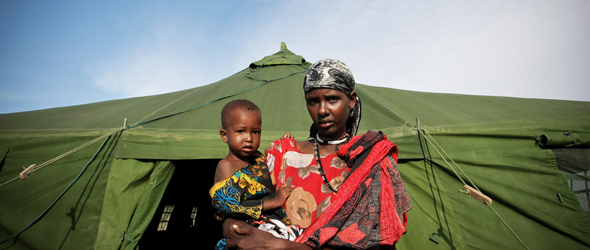Rains Bring Black Water in Wake of Colorado Fire
Though the High Park fire is 100 percent contained, its effects are just beginning. Circle of Blue reporter Brett Walton speaks with the experts and the water enthusiasts in the aftermath.
“I have never seen any water this thick,” said Forest Greenough, a Colorado State University music professor who works as a river guide in the summer. When Greenough slid his kayak into the waves in northern Colorado’s Cache la Poudre Canyon last Friday, what he saw shocked him. The river, swollen with monsoon rains, ran black, and it resembled oil more than water, he told me.
Usually, a soaking summer rain would be welcomed in Colorado — especially this year, when parts of the state endured the driest spring on record. But the Cache la Poudre flows through the burn zone of the High Park fire, which charred 35,322 hectares (87, 284 acres) to the west of Fort Collins before it was fully contained on July 1. The fire was so hot that it created a layer of “hydrophobic” soil that water cannot easily penetrate. So when the rains finally arrived after the High Park fire was extinguished, they worked an unfortunate alchemy on the river, temporarily and radically changing its properties.
“A hot-burning fire can affect infiltration for years to come.” –Mage Skordahl, snow survey specialist with the Colorado office of the National Resources Conservation Service
Greenough and two friends kayaked the Cache la Poudre twice last week. On Thursday, the river was “dark but still felt like water,” Greenough said. “But on Friday, after the monsoon, there were no whitecaps. The water wasn’t aerated, and the waves were black.”
For this reason, cities downstream on the Poudre, including Fort Collins and Greeley, are not using the river as drinking water source. Instead, they are pulling raw water from the nearby Horsetooth Reservoir.
“The monsoons can alter water quality in a matter of minutes, so the city doesn’t want to keep switching between sources.” –Lisa Votyko, Water production manager for Fort Collins
Lisa Votyko, water production manager for Fort Collins, told me that she does not know when the city will return to using Poudre River water. Jon Monson, Greeley’s water director, said the city will meet with stakeholders on Wednesday to discuss remediation efforts in the Poudre watershed. The Greeley water department is the lead agency responding to a separate, smaller fire that burned in May in the North Fork of the Poudre. Monson told me that a contractor will begin dropping straw on 10 to 20 percent of the burned area. The straw will stabilize the soil and give the remaining grasses a chance to recover.
Do you live in the High Park area? Share your story bycontacting Brett Walton or comment below. Donations to help rebuild the 259 homes that were lost in the High Park fire are being accepted at http://www.nocorebuilding.org/
Brett Walton
Circle of Blue reporter
Brett writes about agriculture, energy, infrastructure, and the politics and economics of water in the United States. He also writes the Federal Water Tap, Circle of Blue’s weekly digest of U.S. government water news. He is the winner of two Society of Environmental Journalists reporting awards, one of the top honors in American environmental journalism: first place for explanatory reporting for a series on septic system pollution in the United States(2016) and third place for beat reporting in a small market (2014). He received the Sierra Club’s Distinguished Service Award in 2018. Brett lives in Seattle, where he hikes the mountains and bakes pies. Contact Brett Walton











When I saw the fires in Colorado, I thought a great deal about the environmental impact and the unique opportunity that scientists and water chemists had in front of them. The introduction of activated carbon on a river may cause an increase in pH as sulfates, nitrates and chlorides are removed. Other chemical factors may have been analyzed by the water groups involved, and hopefully they were. I’d be interested to know.